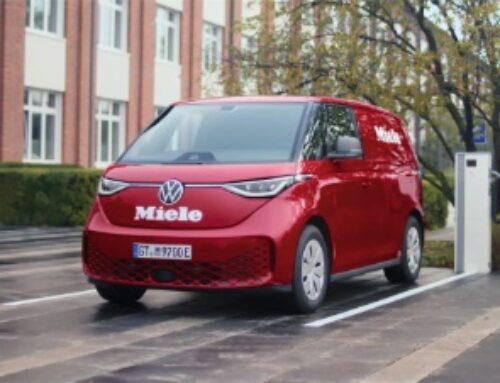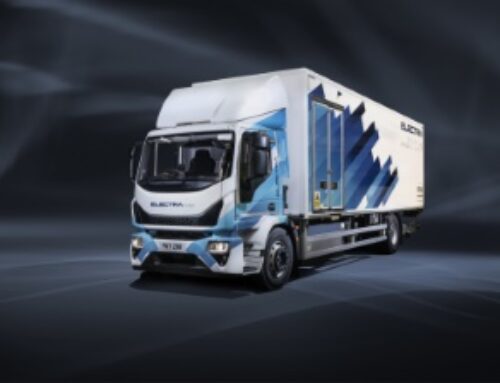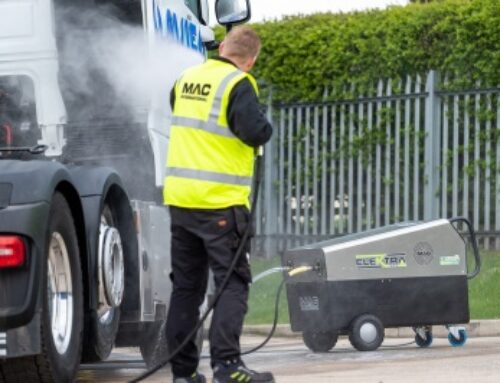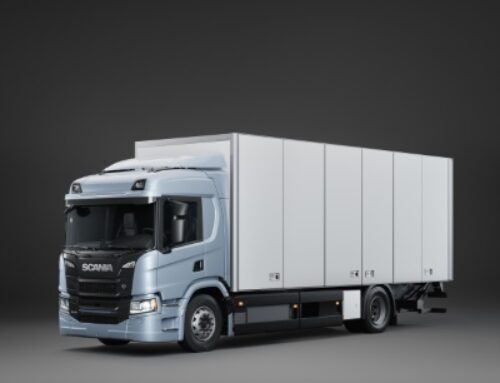Smart Graphics: make the most of ‘mobile billboard’ fleets
 Progressive fleet owners are increasingly recognising their vehicles’ potential as marketing tools, and transforming their trucks into cost-effective carriers of media as well as goods, according to livery specialist Smart Graphics.
Progressive fleet owners are increasingly recognising their vehicles’ potential as marketing tools, and transforming their trucks into cost-effective carriers of media as well as goods, according to livery specialist Smart Graphics.
Organisations throughout the UK spend millions of pounds every year on building brand identity, marketing and advertising, points out the company; and traditional platforms like television, radio, print and digital are usually the first port of call when considering how to build brand identity or to market a product or service.
But such campaigns can be expensive, and have a finite shelflife – while many organisations are missing an opportunity that sits under their nose, the firm contends.
“Many clients do not realise that they own their own fleet of mobile billboards,” said Smart Graphics general manager Paul Bellard.
“When we get enquiries for livery, many clients start with an intention of including a logo, company name and email address – what we class as basics. We try to broaden their horizons and encourage them to consider using their vehicles as a platform to deliver key branding and advertising messages.
“Our ethos is very different to the traditional ‘logo and phone number’ approach, as we encourage our customers to use each vehicle as platform to extend their existing branding and marketing campaigns beyond the traditional media platforms.”
Marketing and customer services manager John Harkness added: “Fleets usually consist of a variety of vehicles, and our first questions tend to surround the types of vehicle in the fleet.
“For example, a fleet may consist of Transit vans and full size trailer units. We always encourage clients to think of the vehicle’s purpose and the routes that the vehicle will take. Transits may serve the local community, and graphics enjoy good exposure to the general public as vehicles stop in traffic and unload at clients’ premises.
“Therefore, they are ideal to carry an advertising message – perhaps an extension of the client’s current advertising campaign.
He continued: “Larger vehicles like trailers tend to operate on motorways and trunk roads (while moving at speed) which makes them ideal for building or reinforcing brand identity, as other motorists will usually only have a short time to digest the content of the livery.
“Exceptions are the back doors of a trailer as motorists often enjoy good ‘dwell’ time as they follow a vehicle in slow moving motorway traffic.”
Paul Bellard added: “With fleet media, you already own the space so there is no need to negotiate on the cost of the space with a national or local media owner. The way that people consume media has changed.
“For example, when people used to watch commercial TV, they would be exposed to adverts as the program was broadcast. Now, people watch TV on demand and often choose to fast forward adverts. There used to be five channels; now we can choose from hundreds. How do you know where to advertise, it’s impossible to predict which of the choices will give the best return?
“With fleet media, you own the space and don’t need to enter a bidding war with the competition for the best media slots. The ball is your hands and best of all, exposure is constant. You can’t turn it off (like a TV or radio) and your location is not static like a billboard. Fleet is a valuable and flexible marketing platform.”
www.smartgraphics.co.uk
CV Show stand: 3C50











